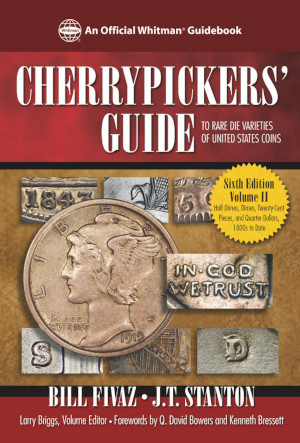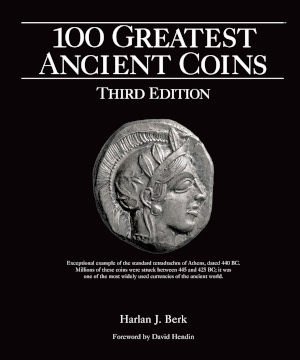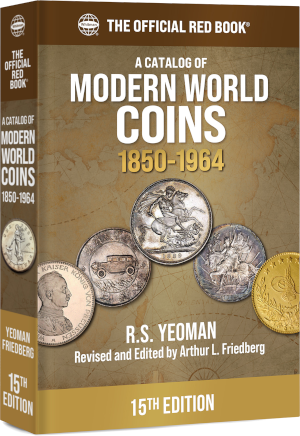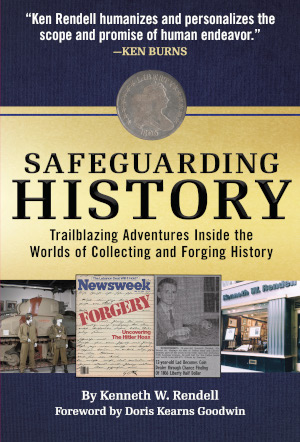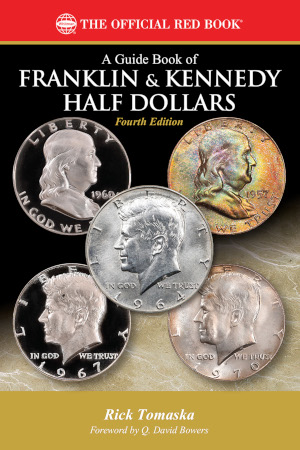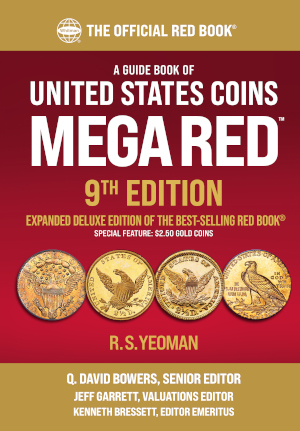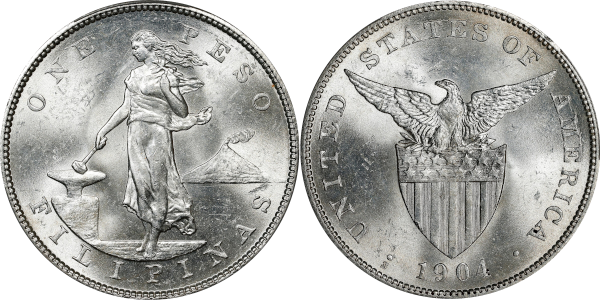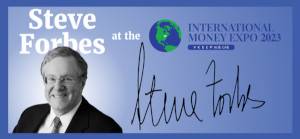Whitman, a leading name in numismatic publications, is thrilled to announce the much-anticipated release of the second print run of the Cherrypickers’ Guide to Rare Die Varieties: Volume II, 6th Edition. This invaluable reference, which made its debut at last year’s ANA World’s Fair of Money in Pittsburgh, quickly became a favorite among collectors and dealers alike.
According to Dawn Burbank, Whitman’s vice president of sales, the first print run of over 7,200 copies sold out in under four months, demonstrating the immense popularity of this guide within the coin-collecting community. “The Cherrypickers’ Guide was one of our best book sellers of the entire year,” Burbank stated. “We couldn’t keep them on the shelves, and overall, we sold the entire print run in just under four months.” She added, “We expect the second print run to sell just as fast, based on pent-up demand for the wildly popular title.”
Now, collectors have the opportunity to get their hands on this essential resource once again. The 320-page spiral-bound hardcover Cherrypickers’ Guide can be ordered for $39.95 online at whitman.com, Whitman’s Ebay Store, Amazon, and will be available in bookstores, hobby shops, and other online retailers nationwide later this month. Coin enthusiasts are encouraged to ask their favorite coin dealer for a copy.
The Cherrypickers’ Guide series has been a staple in the coin-collecting community since its inception in 1990, captivating thousands of hobbyists with its insights into rare die varieties. Authored by Bill Fivaz and professional numismatist Larry Briggs, this guide teaches collectors how to “cherrypick”—that is, how to identify unusual characteristics in seemingly ordinary coins, such as doubled and tripled dies, overdates, and repunched mintmarks, among others.
Volume II, 6th Edition features more than 440 die varieties, including nearly 80 new additions. From Capped Bust and Liberty Seated coins to Roosevelt dimes and Washington quarters, this comprehensive guide provides detailed descriptions and close-up photographs to help collectors identify valuable varieties.
But the excitement doesn’t stop there. Whitman is pleased to announce that Volume III of the Cherrypickers’ Guide series is set to be released this summer, prior to the ANA World’s Fair of Money 2024 in Chicago. This edition will cover half dollars through federal gold denominations, bullion coins, commemoratives, and even coins from the Philippines. For the first time ever, Volume III will feature Greysheet-based pricing and GSID numbers, enhancing the utility of this indispensable resource.
Brandon Hall, Whitman Cherrypicker’s Guide production editor, expressed his pride in the upcoming release: “The high level of community collaboration, updated content, and added features such as GSID have taken this high-demand product to the next level.” Bill Fivaz, one of the co-authors, believes Volume III to be the “best Cherrypicker ever.”
With the release of the second print run of Volume II and the highly anticipated arrival of Volume III, Whitman continues to solidify its position as the go-to source for serious coin collectors worldwide. Don’t miss out on these essential guides—order your copy today and elevate your numismatic knowledge to new heights!
